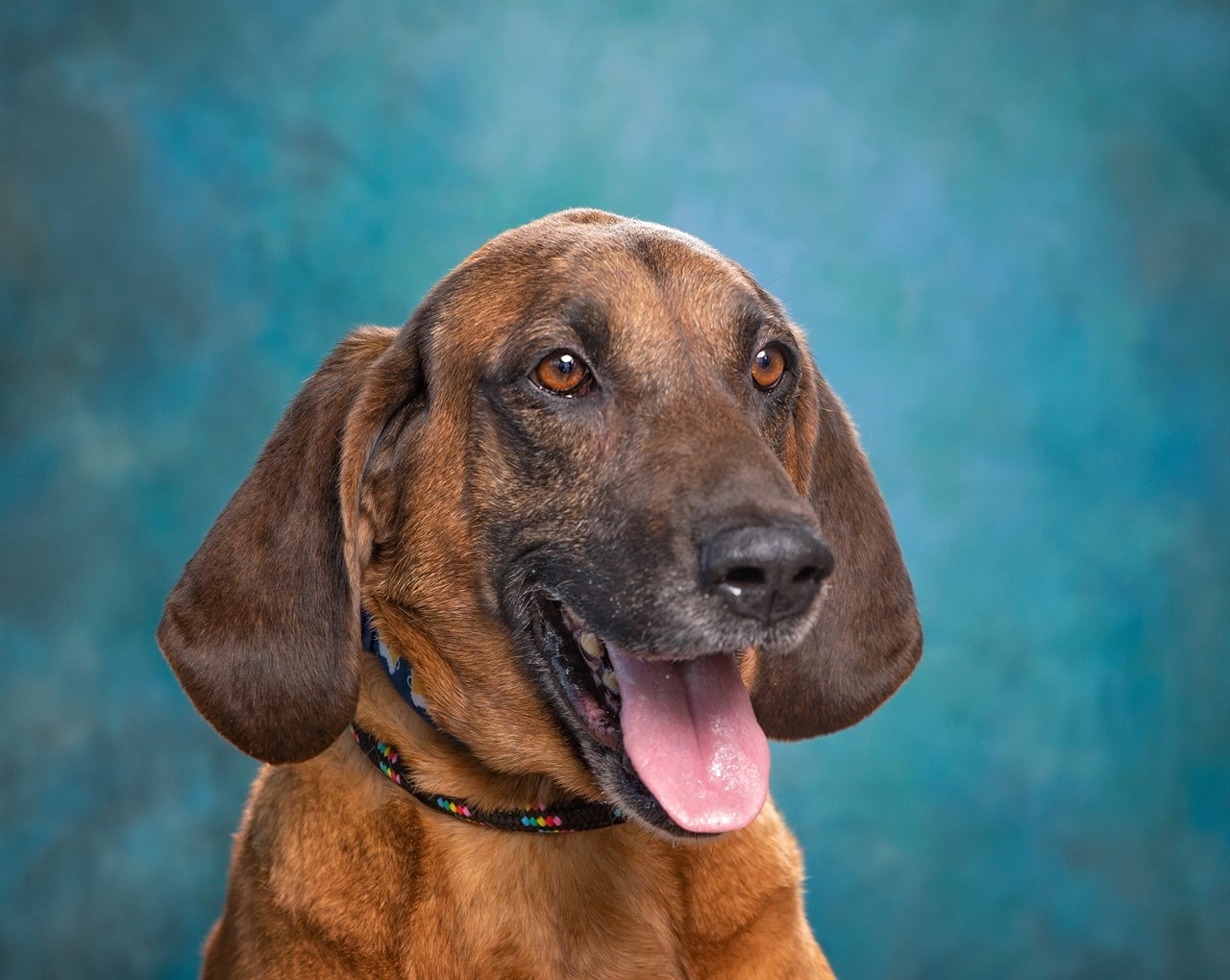Barking Habits of the Redbone Coonhound

The Redbone Coonhound, like many other hound breeds, is known for its distinctive baying howl. Understanding their barking habits and vocal tendencies is essential for prospective owners to ensure a harmonious living environment.
Distinctive Baying
The Redbone Coonhound's most notable vocalisation is its bay, a unique howling sound that carries over long distances. This bay is an essential part of their hunting heritage, used to alert hunters to the location of treed game, particularly raccoons. While this trait can be charming and endearing to some, it's important to be aware that it can be quite loud and carries.
Alertness
Redbone Coonhounds are naturally alert dogs. They have a keen sense of hearing and can detect even subtle sounds. As a result, they may bark when they perceive something unusual or unfamiliar, making them excellent watchdogs.
Vocal When Excited
Redbones can become quite vocal when they are excited, whether it's during playtime or when they sense the approach of strangers. Their enthusiasm may manifest in barking and howling.
Communication
Barking is also a form of communication for Redbone Coonhounds. They may bark to express their needs, such as when they are hungry, need to go outside, or seek attention from their owners.
Now, let's address the specific question
Do Redbone Coonhounds bark a lot?
Yes, Redbone Coonhounds can be quite vocal, and they are known for their baying howl, which can be loud and carry over long distances. However, the frequency and intensity of their barking can vary from one individual to another. Some Redbones may bark more than others, depending on their personality and environment.
It's important to note that excessive barking in any breed can often be attributed to factors such as boredom, lack of exercise, or anxiety. To manage their barking habits:
- Exercise: Ensuring your Redbone Coonhound gets sufficient physical and mental exercise can help reduce boredom-related barking.
- Training: Training commands like "quiet" or "enough" can be effective in controlling barking. Use positive reinforcement to reward them for being quiet when asked.
- Socialisation: Proper socialisation can help them become more comfortable with different situations, reducing anxiety-related barking.
- Stimulation: Provide toys and mental stimulation to keep them engaged and prevent boredom, which can lead to excessive barking.
- Consistency: Be consistent in your training and routines to help your Redbone Coonhound understand what is expected of them.
In conclusion, Redbone Coonhounds are a vocal breed, and their distinctive bay is part of their charm and hunting heritage. While they may bark at times, especially when excited or alert, managing their barking habits through exercise, training, and proper socialisation can help ensure they are well-behaved and happy members of your household.
Redbone Coonhound puppies for sale
- Find Redbone Coonhound puppies for sale in ACT
- Find Redbone Coonhound puppies for sale in NSW
- Find Redbone Coonhound puppies for sale in NT
- Find Redbone Coonhound puppies for sale in QLD
- Find Redbone Coonhound puppies for sale in SA
- Find Redbone Coonhound puppies for sale in TAS
- Find Redbone Coonhound puppies for sale in VIC
- Find Redbone Coonhound puppies for sale in WA